Colombia Beaches How to Discover Hidden Paradises Fast
Last updated on May 20th, 2025 at 12:44 am
I wasn’t supposed to be in Colombia at all that summer.
My original plan was two weeks in Costa Rica — until my flight got canceled thanks to an airport workers’ strike. Standing in the airport with a severe case of winter blues and non-refundable vacation days, I made a snap choice. Four hours later, I was on a flight to Cartagena, ready to explore Colombia beaches instead.
Talk about a happy accident.
That unexpected detour led me to some of the most beautiful beaches I’ve ever seen – and I’ve been chasing great beaches across four continents since college. What shocked me most wasn’t just how gorgeous Colombia’s coastlines are, but how few international tourists I encountered along the way.
It’s been three years since that trip, and I still catch myself daydreaming about the morning I woke up in a hammock at Cabo San Juan, stumbled down to the water at dawn, and had that perfect horseshoe bay entirely to myself for almost an hour. Just me, a few scuttling crabs, and water so clear I could see fish darting between my toes.
So here’s my attempt to share what I learned – though part of me still wants to keep these places secret!
Table of Contents
Why Colombia Beaches Remain South America’s Best-Kept Secret
Let’s get something straight right away: Colombia isn’t exactly undiscovered. Cartagena sees plenty of tourists, and certain beaches near major cities can get crowded on weekends.
But compared to coastal hotspots in Mexico or Thailand? Colombia feels refreshingly uncrowded.
My theory on why? A lingering and outdated perception about safety keeps many international travelers away. Their loss! Colombia has worked incredibly hard to change its reality, and the situation today bears little resemblance to the Colombia of decades past.
What makes Colombia’s beaches different from others in Latin America comes down to three things:
- Two completely different coastlines in one country (Caribbean and Pacific)
- Dramatic landscapes where mountains often meet the sea
- Cultural richness you won’t find in more tourist-developed beach destinations
During my ten days there, I went from lounging on powdery white Caribbean sand to standing on volcanic black Pacific beaches where the jungle grows right up to the shoreline. The contrast was mind-blowing.
And the food! I’m still trying to recreate that fish stew a local grandma sold me from a beachside shack in Palomino. Something about the coconut milk and fresh-caught red snapper… I’ve never quite matched it at home.
How to Find Colombia’s Hidden Beach Paradises: Insider Strategies
My trip wasn’t perfectly planned. I made some dumb mistakes, got sunburned in embarrassing patterns, and definitely overpaid for a boat tour because I was too shy to bargain properly.
But I did stumble onto some strategies that worked:
Regional Breakdown: Which Colombian Beaches Match Your Style
Colombia’s beach regions are wildly different from each other. After talking with fellow travelers and locals, I put together this comparison to help you choose:
RegionBest ForNotable BeachesAccess Difficulty (1-10)Best Travel SeasonTayrona National ParkNature loversCabo San Juan, La Piscina6December-AprilRosario IslandsSnorkeling & DivingPlaya Blanca, Isla Grande4January-MarchPalominoLaid-back vibesPalomino Beach5December-MarchPacific CoastAdventure & wildlifeNuquí, Guachalito8July-OctoberSan Andrés & ProvidenciaPristine watersWest View Beach, Manzanillo7February-AprilLa Guajira DesertRemote explorationCabo de la Vela, Punta Gallinas9January-March
My first recommendation? Don’t try to see everything in one trip. I attempted to cram too much into my accidental vacation and spent way too many hours on buses. Next time, I’m picking two regions max.
Tayrona National Park was my personal favorite – well worth the entrance fee and sweaty hike to reach its beaches. The combination of jungle-backed coves and dramatic boulder formations at the water’s edge creates scenery that looks photoshopped even when you’re staring right at it.
Transportation Secrets: Getting to Colombia Beaches Fast
Here’s what nobody told me before my trip: transportation in Colombia takes time. Like, way more time than Google Maps suggests.
My embarrassing transportation story: I confidently told my new hostel friends I’d meet them for sunset beers in Palomino “in about two hours” when leaving Santa Marta. The actual journey? Nearly five hours, thanks to a flat tire, an unexpected military checkpoint, and a driver who needed to deliver a package to his cousin along the way. I arrived after dark, slightly sunstroked and extremely thirsty.
Lessons learned:
- Build in buffer time – Colombian schedules are wonderfully flexible
- Consider flying to save time – Those $60 domestic flights seem expensive until you waste a whole beach day on a bus
- Colectivos (shared vans) are your friend – Cheaper than taxis, faster than buses, and great for meeting locals
- For island beaches, book boat transfers early – They often sell out, especially during Colombian holiday periods
Oh, and don’t be the idiot who forgets motion sickness pills on a choppy boat ride to the Rosario Islands. That was me, hugging a plastic bag while a grandma patted my back sympathetically. Not my proudest travel moment.
The Top Hidden Colombia Beaches Worth Discovering
I discovered some truly special spots during my accidental Colombian adventure:
Caribbean Coast Gems
Tayrona’s Secret Coves
Everyone who visits Tayrona heads to Cabo San Juan – and yes, it’s stunning. But my favorite day in the park involved following a hand-drawn map from a local guide to a tiny cove just past La Piscina.
The “trail” was really just a faint path down a steep hillside, requiring some careful footwork and minor rock scrambling. But what awaited at the bottom was magical: a perfectly curved beach maybe 100 meters long, protected by natural rock formations that created a gentle swimming area.
Total number of people there when I arrived around 10 AM? Three. A local couple who were packing up to leave and a weathered old man selling coconuts from a small cooler.
“¿Cómo encontraste este lugar?” he asked, surprised. (How did you find this place?)
I showed him my crumpled hand-drawn map, and he laughed, machete-chopping the top off a coconut for me.
“Muy inteligente,” he nodded approvingly. Very smart.
That beach – whose name I’m intentionally not sharing – gave me one of the best swimming days of my life.
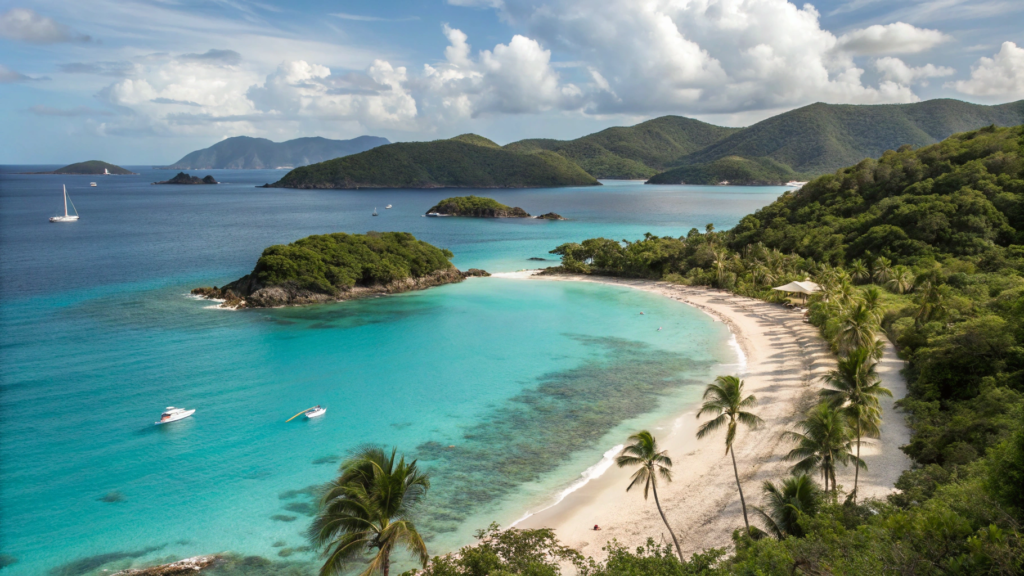

Beyond Palomino: Costeño Beach
Palomino gets lots of love in travel blogs, but I preferred Costeño Beach just 15 minutes further east. The sand is a bit darker and coarser, but the swimming is better and there’s this magical sunset spot where a tiny lagoon meets the sea.
My favorite memory there: joining an impromptu soccer game with locals who politely pretended not to notice how terrible I was. Afterward, one family invited me to share their picnic – grilled fish wrapped in banana leaves, rice, and some kind of amazing mango salsa. I tried to pay them but they refused, only accepting when I offered to buy beer for everyone.
That kind of genuine interaction happens less often on Colombia’s more developed beaches.
Pacific Coast: The Final Frontier
Full disclosure: I didn’t make it to Colombia’s Pacific coast during my trip. But I met two different groups of travelers who did, and their photos made me insanely jealous.
The beaches around Nuquí aren’t traditionally “pretty” in the Caribbean postcard sense. The sand is darker, the waves are rougher, and amenities are basic at best. But they offer something increasingly rare: genuine wilderness where the jungle meets the sea.
According to my new friends Emma and Tomas (a German couple I met in Minca), the real magic happens between July and October when humpback whales arrive to give birth in the protected bays. They showed me videos of breaching whales visible from their beach hammocks. Definitely on my list for next time.
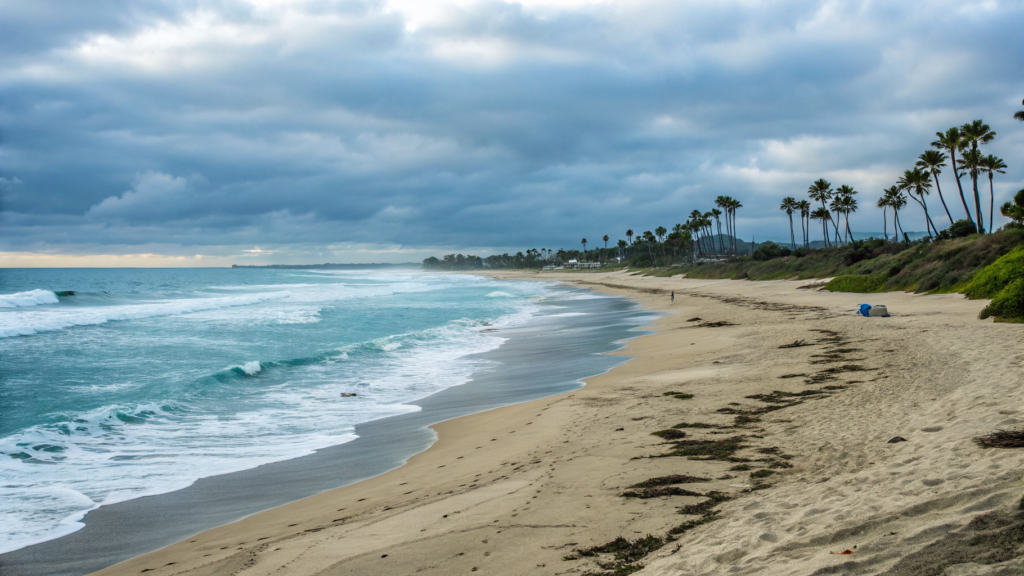

How to Experience Colombia Beaches Like a Local
My worst day in Colombia? When I accidentally ended up on Playa Blanca near Cartagena during a Colombian holiday weekend. The beach itself is beautiful, but it was so packed with vendors, tourists, and partying locals that I could barely find space to put down my towel.
After that experience, I asked locals for advice about timing. Their unanimous tip: go early.
Most Colombian beachgoers arrive after lunch and stay until sunset. If you hit the beach by 8 AM, you’ll often have the place nearly to yourself until around 11. That morning magic hour became my favorite time – lower temperatures, softer light, and space to swim without dodging floating beer cans.
Other ways to blend in better than I did:
- Pack a proper beach setup – Colombians don’t just bring towels; they bring full picnic spreads, umbrellas, chairs, and coolers
- Accept that swimsuit standards are different – Colombian men tend to wear shorter trunks, and women rock all types of bikinis regardless of body type (refreshingly body-positive!)
- Try the beach food – Those wandering vendors sell some amazing stuff if you’re brave enough to try it
- Learn the “brush off” gesture – A subtle wave of the hand saves you from being approached by every vendor
My favorite local beach experience? Watching an elderly Colombian couple in their 70s salsa dancing on the sand at sunset in Taganga. No music needed – they had their own rhythm.
Colombia Beach Accommodation: Finding Your Perfect Stay
Where you stay shapes your beach experience enormously. I tried everything from hammocks to boutique hotels.
Luxury Experiences ($200+/night) I splurged for two nights at Gitana del Mar near Tayrona – a collection of beautiful bohemian bungalows steps from the beach. Was it worth the $230/night? Absolutely. Having my own private outdoor shower, a massive king bed with premium linens, and breakfast delivered to my porch each morning felt incredibly indulgent after nights in hostels.
Mid-Range Comfort ($70-200/night) Most of my nights were spent at mid-range guesthouses like Casa Barlovento in Palomino ($95/night). These locally-owned spots hit the sweet spot of comfort, location, and value. You typically get A/C (crucial for good sleep), decent wifi, and staff who actually know the area.
Budget-Friendly Finds (Under $70/night) My cheapest and most memorable stay was definitely the hammock camp at Cabo San Juan in Tayrona ($8). Sure, it meant sleeping in a row of swinging hammocks with 40 strangers, but waking up to that view? Worth every penny and minor backache.
One place I can’t recommend? The suspiciously cheap “beachfront bungalow” ($45) I booked near Santa Marta that turned out to be behind a concrete wall with only the tiniest glimpse of ocean between buildings. Always check recent reviews!
Must-Pack Items for Colombia Beach Exploration
I’m usually a decent packer, but Colombia’s beaches required stuff I hadn’t anticipated:
- Serious sun protection – The Caribbean sun is NO JOKE, especially near the equator
- Insect repellent with DEET – For those dawn/dusk mosquito hours
- A dry bag – Essential for boat trips and sudden tropical downpours
- More cash than you think – Many beach areas lack ATMs, and cards aren’t widely accepted
- Basic Spanish phrases – English levels drop significantly outside major tourist spots
- A packable hat with good coverage – My baseball cap didn’t cut it for sun protection
My worst packing mistake? Bringing just one swimsuit. Between the humidity, salty water, and frequent swimming, it never fully dried. By day three, putting on a damp swimsuit each morning was… unpleasant. Now I always pack three for beach trips.
Your Colombia Beach Adventure Awaits
That accidental trip to Colombia completely changed how I think about beach vacations. Instead of seeking out the “perfect” Instagram beach, I now look for places with character, natural beauty, and enough local culture to make each day an adventure.
Colombia delivers all three in abundance. From the moment you step onto that first stretch of sand, you’ll understand why travelers who discover these coasts tend to return again and again.
My personal beach count from that trip? Fourteen different beaches in ten days. Overkill? Maybe. But I still didn’t see enough.
So while part of me wants to keep these magical places secret, the other part knows that responsible tourism helps protect these areas and supports local communities. Just promise me you’ll treat these beaches with respect if you go.
Have you been to any hidden beaches in Colombia? Or found perfect beach paradises elsewhere in the world? I’d love to hear your stories in the comments below!

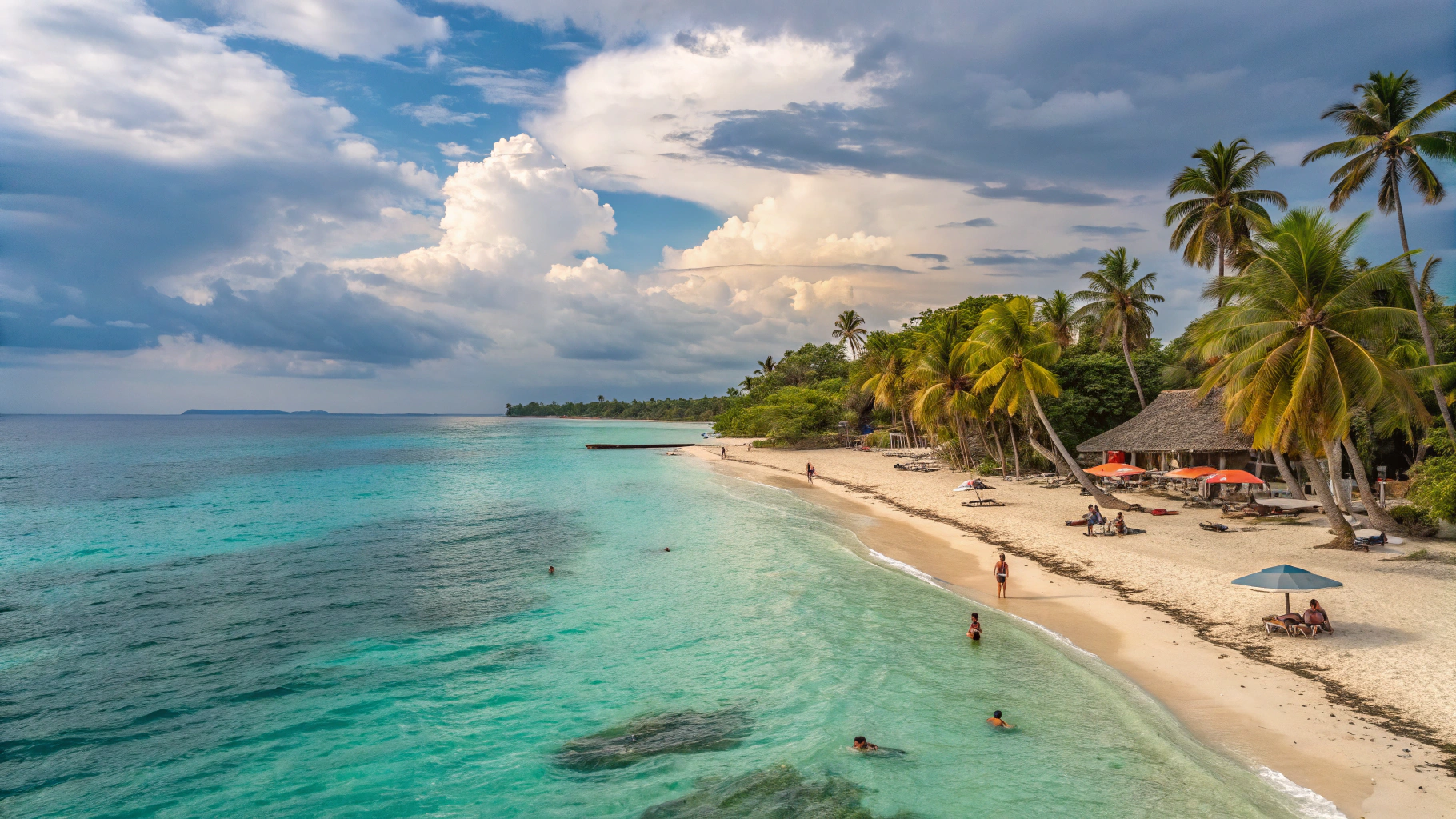
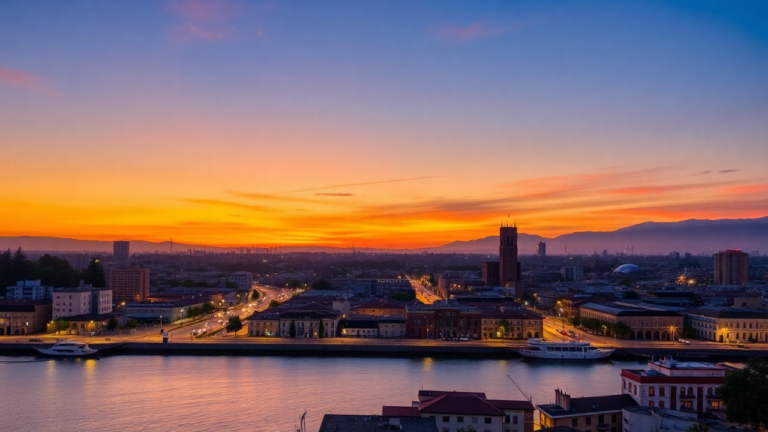

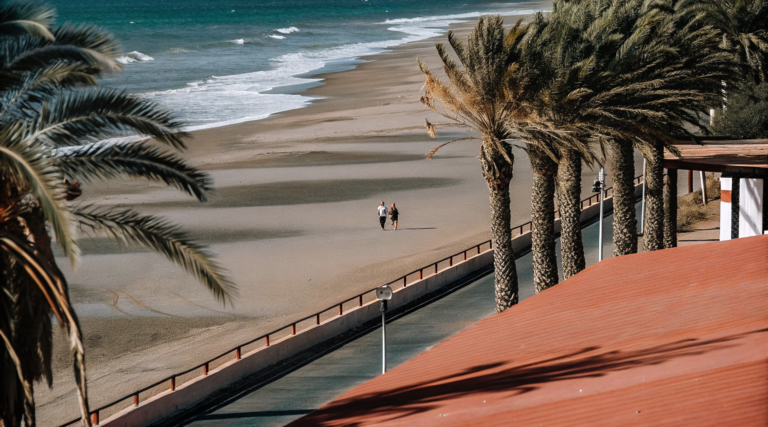
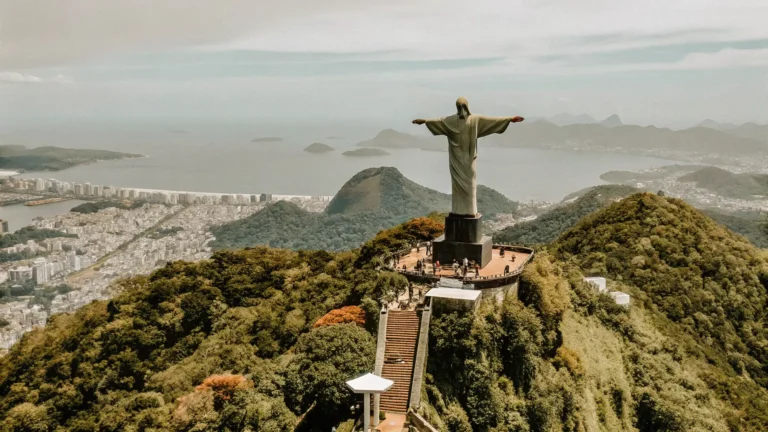
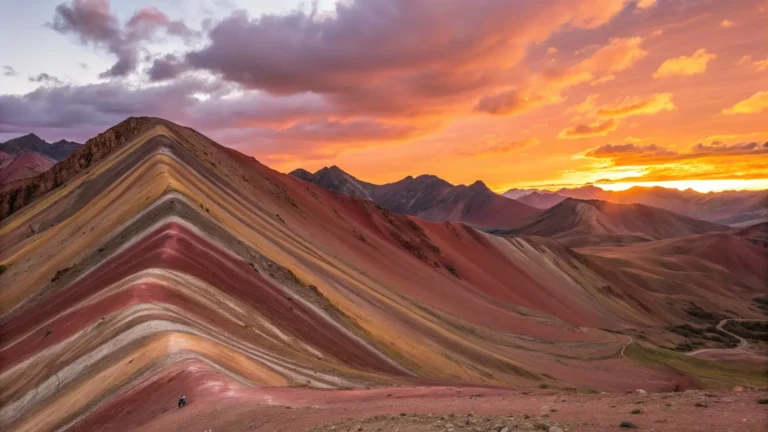
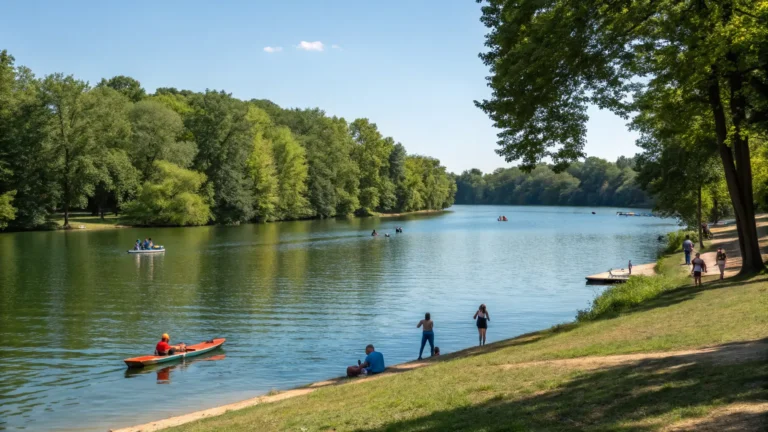
One Comment